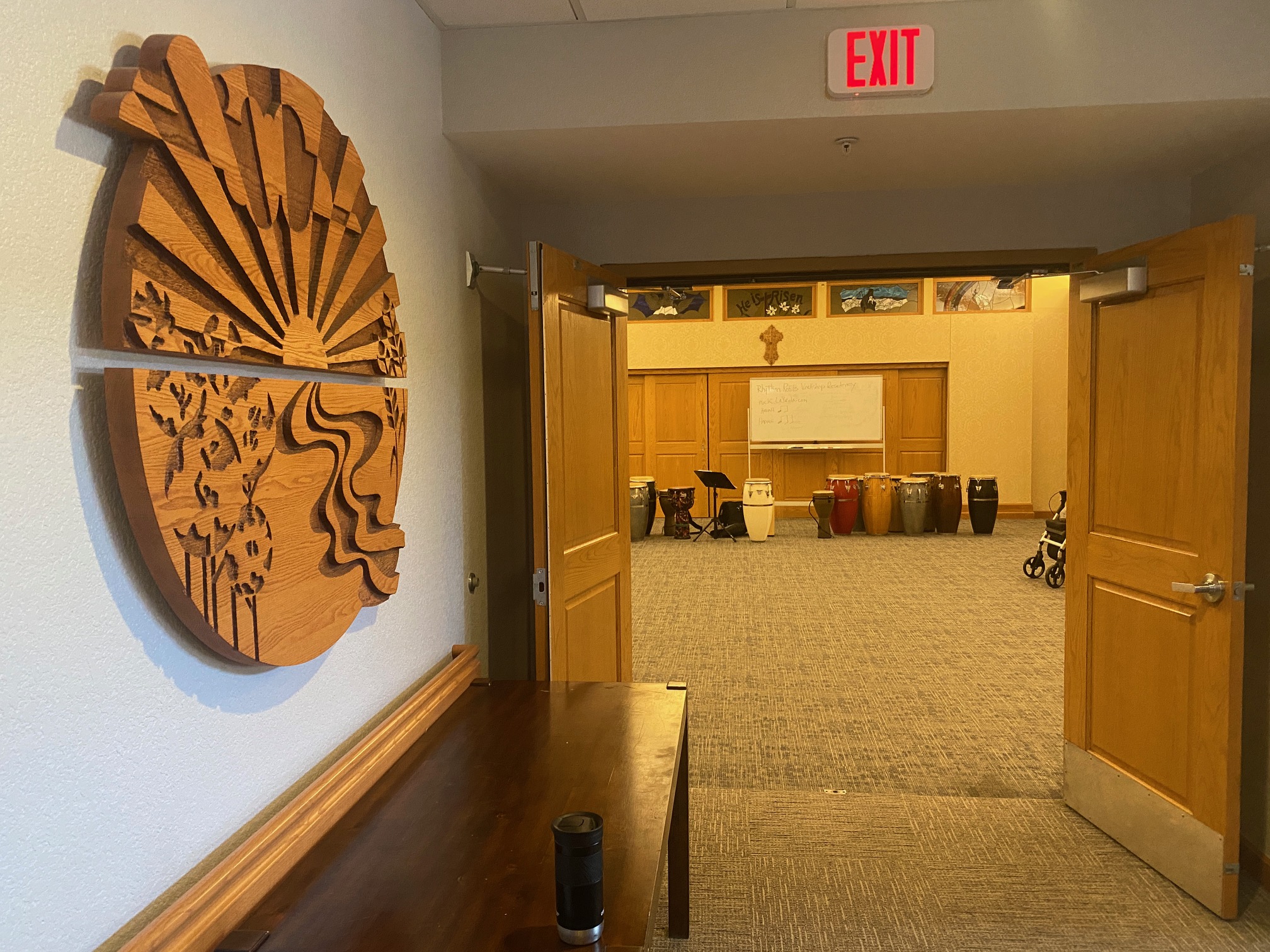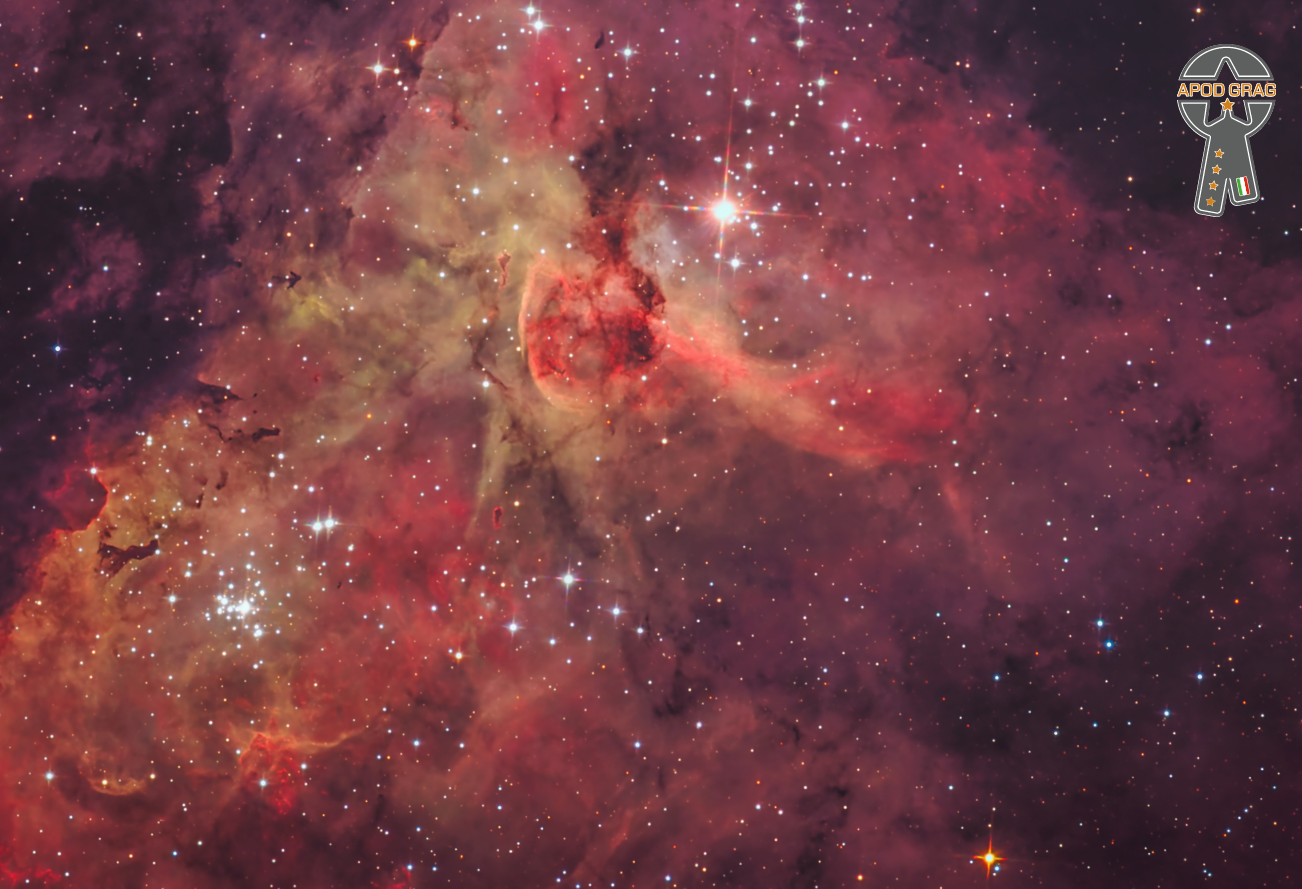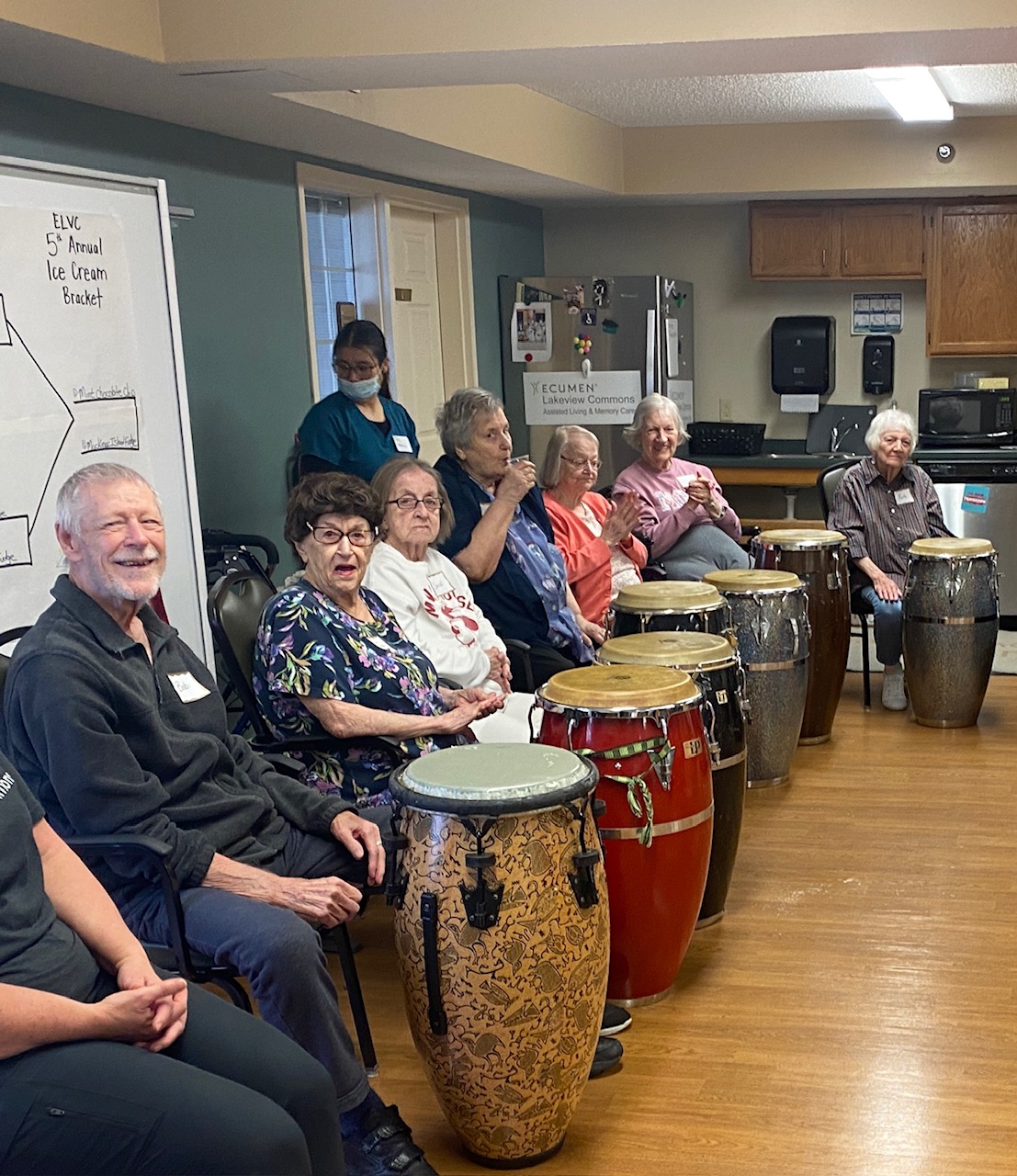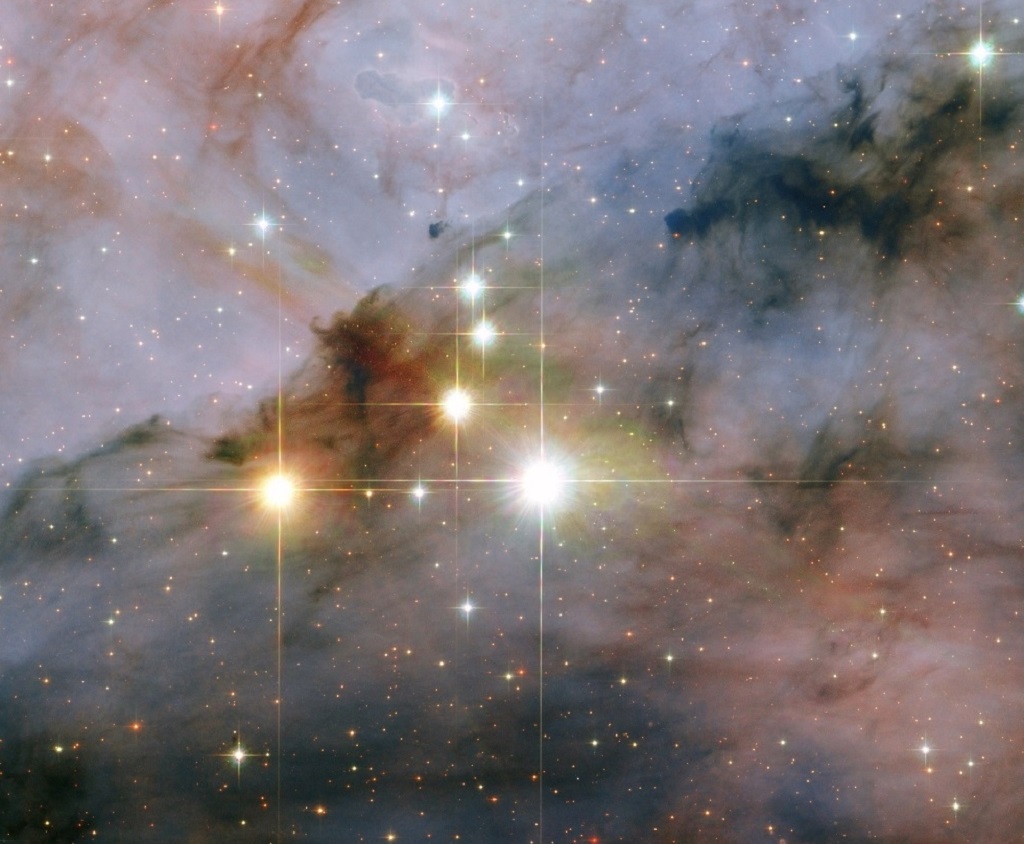Blog
Melvin Sokoloff (May 10, 1929 – February 2, 1990), known professionally as Mel Lewis, was an American jazz drummer, session musician, professor, and author. He received fourteen Grammy Awardnominations.
Lewis was born in Buffalo, New York, to Russian-Jewish immigrant parents Samuel and Mildred Sokoloff. He started playing professionally as a teen, eventually joining Stan Kenton in 1954. His musical career brought him to Los Angeles in 1957 and New York City in 1963.
In 1966 in New York, he teamed up with Thad Jones to lead the Thad Jones/Mel Lewis Orchestra. The group started as informal jam sessions with the top studio and jazz musicians of the city, but eventually began performing regularly on Monday nights at the famed venue, the Village Vanguard. In 1979, the band won a Grammy for their album Live in Munich.[2] Like all of the musicians in the band, it was only a sideline. In 1976, he released an album titled Mel Lewis and Friends that featured him leading a smaller sextet that allowed freedom and improvisation.
When Jones moved to Denmark in 1978, the band became known as Mel Lewis and the Jazz Orchestra. Lewis continued to lead the band, recording and performing every Monday night at the Village Vanguard until shortly before his death from cancer at age 60. The band still performs on most Monday nights at the club. Today, it is known as the Vanguard Jazz Orchestra and has released several CDs
more...“Seguiriya” is one of the oldest flamenco styles. It is one of the most important with the “bulería” and “soleá”. Etymologically, its name is supposed to derive from the “seguidilla”. A phonetic corruption has deformed it in different terms: “seguiriya”, “siguiriya”, “seguirilla” or “siguerilla”. The oldest evidence of this flamenco style is found in the late 18th century, even though its origin is still uncertain. “Seguiriya” derived from primitive “tonás”, being created between Seville and Cadiz, los Puertos, Jerez and Triana neighborhood. “Livianas” and “serranas” belong to the same group as this style. Both styles follow “segiriya” rhythm. Another variety is the “cabales”, which are very similar to “seguiriyas” but in a higher tone. As singing, it has a tragic and gloomy character, enclosing main values of what is known as “cante hondo”. Lyrics are painful, tragic, about human relationships, love and death. “Seguiriya” has few lyrics and many “quejíos”. Musical aesthetic of “seguiriya” is taken from styles such “malagueñas” or a capella (without guitar). The term “Seguiriya” appears in many literary works. Furthermore, music in some “tonadillas”appear as “seguidilla gitana”, which doesn’t match with “seguidilla flamenca”.
It is known today that its metric is based on an order inversion of the “soleá” rhythm (3 × 4 + 6 × 8). Oldest forms of this style were interpreted in the same way as “tonás”, without music accompaniment. Currently, it is accompanied by guitar. In addition, continuous tone changes and nuances make this singing as one of the most difficult to perform. Dance was introduced for the first time thanks to Vicente Escudero in 1940. It is a slow, solemn, ceremonious, unornamented dance, whose structure is composed by four hexasyllabic verses, unless the third which is hendecasyllabic. This syllabic model is related with “jarchas”. The second line rhymes to the fourth, both consonant and assonance. In this flamenco style feeling is more important than structure. It is not strange to find “seguiriya” with other metrics. There are different types of “seguiriyas” which are associated to a particular singer. In Cadiz, El Planeta; in Jerez, La Niña de los Peines; in Triana el de Frasco el Colorao; etc.
121212312312 compas
more...
Heart of the Carina Nebula. The Carina Nebula or Eta Carinae Nebula (catalogued as NGC 3372; also known as the Great Carina Nebula) is a large, complex area of bright and dark nebulosity in the constellation Carina, located in the Carina–Sagittarius Arm of the Milky Way galaxy. The nebula is approximately 8,500 light-years (2,600 pc) from Earth.
The nebula has within its boundaries the large Carina OB1 association and several related open clusters, including numerous O-type stars and several Wolf–Rayet stars. Carina OB1 encompasses the star clusters Trumpler 14 and Trumpler 16. Trumpler 14 is one of the youngest known star clusters at half a million years old and contains stars like the O2 supergiant HD 93129A. Trumpler 16is the home of many extremely luminous stars, such as WR 25 and the Eta Carinae star system. Trumpler 15, Collinder 228, Collinder 232, NGC 3324, and NGC 3293 are also considered members of the association. NGC 3293 is the oldest and furthest from Trumpler 14, indicating sequential and ongoing star formation.

Paul Richard Furay (born May 9, 1944) is an American musician and Rock & Roll Hall of Fame member (with Buffalo Springfield). He is best known for forming the bands Buffalo Springfield with Stephen Stills, Neil Young, Bruce Palmer, and Dewey Martin, and Poco with Jim Messina, Timothy B. Schmit, Rusty Young, George Grantham and Randy Meisner. His best known song (originally written during his tenure in Buffalo Springfield, but eventually performed by Poco as well) was “Kind Woman,” which he wrote for his wife, Nancy. Before joining Buffalo Springfield, Furay performed with Stills in the nine-member group, the Au Go Go Singers (Furay, Roy Michaels, Rick Geiger, Jean Gurney, Michael Scott, Kathy King, Nels Gustafson, Bob Harmelink, and Stills), the house band of the Cafe Au Go Go in New York City.
more...Sonny Curtis (born May 9, 1937) is an American singer and songwriter. Known for his collaborations with Buddy Holly, he was a member of the Crickets and continued with the band after Holly’s death. Curtis’s best known compositions include “Walk Right Back“, a major hit in 1961 for the Everly Brothers; “I Fought the Law“, notably covered by the Bobby Fuller Four and the Clash; and “Love is All Around,” the theme song for The Mary Tyler Moore Show.
Curtis was born in Meadow, Texas, United States. As a guitarist, he played on some of Buddy Holly’s earlier 1956 Decca sessions, including the minor hit “Blue Days Black Nights” and a song he wrote, “Rock Around With Ollie Vee”. In 1955 and 1956 he, along with Buddy Holly, opened concerts for rising new star Elvis Presley. Although he had gone on the road with other musicians by the time Buddy Holly put together the Crickets in 1957, Curtis joined the Crickets in late 1958, shortly before Holly’s death in 1959, and soon took over the lead vocalist role in addition to lead guitar. The Crickets’ post-Holly recordings were put on hold after Holly’s death, and Curtis was drafted in late 1959. During basic training, he was given a three-day pass and met the Crickets’ drummer, Jerry Allison, who was then playing with the Everly Brothers, in Los Angeles. Curtis played him the song “Walk Right Back“, which Allison had him immediately take to the Everlys; they recorded the song that weekend and were later rewarded with a Billboard top 10 hit. The song was also a hit in 1978 for Anne Murray.
more...Tania Maria (born May 9, 1948) is a Brazilian artist, singer, composer, bandleader and piano player, singing mostly in Portuguese or English. Her Brazilian-style music is mostly vocal, sometimes pop, often jazzy, and includes samba, bossa, Afro-Latin, pop and jazz fusion.
Born in São Luís, Maranhão, Brazil, Tania Maria began playing the piano at the age of seven, became a leader at the age of 13, when her band of professional musicians, organized by her father, won first prize in a local music contest and went on to play for dances, in clubs and on the radio. Her father, a metal worker and a gifted guitarist and singer, had encouraged her to study piano so that she could play in his weekend jam sessions, where she first absorbed the rhythms and melodies of samba, jazz, pop music and Brazilian chorinho. Since then, she has never worked in anyone else’s group. She has a degree in law, married early and had children.
more...Nole Floyd “Nokie” Edwards (May 9, 1935 – March 12, 2018) was an American musician and member of the Rock and Roll Hall of Fame. He was primarily a guitarist, best known for his work with The Ventures,and was known in Japan as the ‘King of Guitars’. Edwards was also an actor, who appeared briefly on Deadwood, an American Western drama television series.
Edwards was born in Lahoma, Oklahoma, the son of Elbert Edwards and Nannie Mae Quinton Edwards,an original enrollee of the Western Cherokee. Edwards came from a family of accomplished musicians, so that by age five he began playing a variety of string instruments, including the steel guitar, banjo, mandolin, violin, and bass. His family relocated from Oklahoma to Puyallup, Washington.
During Edwards’ late teen years he joined the United States Army Reserve. After traveling to Texas and California for training, he returned home and began playing regularly for pay in numerous country bands in the area.
more...Dennis Milton Chambers (born May 9, 1959) is an American jazz fusion and funk drummer. He was inducted into the Modern Drummer Hall of Fame in 2001.
Chambers was born on May 9, 1959, in Baltimore, Maryland, U.S. He began drumming at the age of four years, and was gigging in Baltimore-area nightclubs by the age of six. He was recruited in 1981 by the Sugar Hill Label to be their “house drummer.” Chambers played on many Sugar Hill releases. Contrary to popular belief, he did not play on “Rapper’s Delight” which was revealed in an interview with Drumeo on August 16, 2017.
In an interview by Bonedo in 2011, Chambers was asked who some of his influences and favorite drummers were and he mentioned Clyde Stubblefield, Al Jackson Jr., Steve Gadd, Vinnie Colaiuta, Gary Husband, Jack Dejohnette, Billy Cobham, Buddy Rich, Elvin Jones, Roy Haynes, and Tony Williams.
In 1978 (at 18 years old) he joined Parliament/Funkadelic, and stayed with them until 1985. In 1986 he joined the John Scofield band. Since then he has played with most of the major figures in jazz fusion music.
more...
Trumpler 16 is an open star cluster within the Carina Nebula (NGC 3372 or the Eta Carinae Nebula), located about 7,500 light-years away from Earth in the southern constellation of Carina (the Keel). It is slowly moving toward us at roughly 25 kilometers per hour.
This young cluster contains over 560 stars, including a significant population of very young stars, and three of the biggest and most impressive stars from our galaxy: Eta Carinae (not visible in this image), WR 25 and Tr16-244. Although intermediate-mass stars have been forming continuously over the last 10 million years, the high-mass stars formed within the last 3 million years.
What seems to be a single bright star might actually turn out to be several stars close together. Eta Carinae, with a mass of 100 to 150 times the mass of our Sun, probably coexists in a binary state with another massive supergiant; WR 25, the brightest object in the above image, consists of at least two separate stars of which the brightest star appears to be about 50 times the mass of our Sun. Additionally, Tr16 -244 (the third brightest, just to the upper left of WR 25) consists of at least three individual stars. The second brightest in this image, to the left of WR 25, is a low-mass star located much closer to Earth than the Carina Nebula.

Mahmoud Ahmed (Amharic: ማሕሙድ አሕመድ; born 8 May 1941) is an Ethiopian singer. He gained great popularity in Ethiopia in the 1970s and among the Ethiopian diaspora in the 1980s, before rising to international fame with African music fans in Europe and the Americas.
Born in Addis Ababa, Mercato district, Mahmoud was enthralled with the music he heard on Ethiopian radio from an early age. Having poorly learned in school, he worked as a shoeshiner before becoming a handyman at the Arizona Club, which was the after hours hangout of Emperor Haile Selassie I‘s Imperial Bodyguard Band. One night in 1962 when the band’s singer didn’t show up, Mahmoud asked to sing a few songs. He soon became part of the band’s regular lineup, where he remained until 1974.
more...Keith Jarrett (born May 8, 1945) is an American pianist and composer. Jarrett started his career with Art Blakey and later moved on to play with Charles Lloyd and Miles Davis. Since the early 1970s, he has also been a group leader and solo performer in jazz, jazz fusion, and classical music. His improvisations draw from the traditions of jazz and other genres, including Western classical music, gospel, blues, and ethnic folk music.
His album, The Köln Concert, released in 1975, is the best-selling piano recording in history. In 2008, he was inducted into the Down Beat Jazz Hall of Fame in the magazine’s 73rd Annual Readers’ Poll.
In 2003, Jarrett received the Polar Music Prize and was the first recipient to be recognized with prizes for both contemporary and classical music. In 2004, he received the Léonie Sonning Music Prize.
In February 2018, Jarrett suffered a stroke and has been unable to perform since. A second stroke in May 2018 left him partially paralyzed and unable to play with his left hand.
Jarrett was born on May 8, 1945, in Allentown, Pennsylvania, to a mother of Slovenian descent. Jarrett’s grandmother was born in Segovci, near Apače in Slovenia. Jarrett’s father was of mostly Germandescent. He grew up in suburban Allentown with significant early exposure to music.
more...Mary Lou Williams (born Mary Elfrieda Scruggs; May 8, 1910 – May 28, 1981) was an American jazzpianist, arranger, and composer. She wrote hundreds of compositions and arrangements and recorded more than one hundred records (in 78, 45, and LP versions). Williams wrote and arranged for Duke Ellington and Benny Goodman, and she was friend, mentor, and teacher to Thelonious Monk, Charlie Parker, Miles Davis, Tadd Dameron, Bud Powell, and Dizzy Gillespie.
She has been noted for her 1954 conversion to Catholicism, which led to a musical hiatus and a later transformation in the nature of her music. She continued to perform and work as a philanthropist, educator, and youth mentor until her death from bladder cancer in 1981.
In 1927, Williams married saxophonist John Overton Williams. She met him at a performance in Cleveland where he was leading his group, the Syncopators, and moved with him to Memphis, Tennessee. He assembled a band in Memphis, which included Williams on piano. In 1929, 19-year-old Williams assumed leadership of the Memphis band when her husband accepted an invitation to join Andy Kirk‘s band in Oklahoma City. Williams joined her husband in Oklahoma City but did not play with the band. The group, Andy Kirk’s Twelve Clouds of Joy, moved to Tulsa, Oklahoma, where Williams, when she wasn’t working as a musician, was employed transporting bodies for an undertaker. When the Clouds of Joy accepted a longstanding engagement in Kansas City, Missouri, Williams joined her husband and began sitting in with the band, as well as serving as its arranger and composer. She provided Kirk with such songs as “Froggy Bottom”, “Walkin’ and Swingin'”, “Little Joe from Chicago”, “Roll ‘Em”, and “Mary’s Idea”.
Williams was the arranger and pianist for recordings in Kansas City (1929) Chicago (1930), and New York City (1930). During a trip to Chicago, she recorded “Drag ‘Em” and “Night Life” as piano solos. She used the name “Mary Lou” at the suggestion of Jack Kapp at Brunswick Records. The records sold quickly, raising Williams to national prominence. Soon after the recording session she became Kirk’s permanent second pianist, playing solo gigs and working as a freelance arranger for Earl Hines, Benny Goodman, and Tommy Dorsey. In 1937, she produced In the Groove (Brunswick), a collaboration with Dick Wilson, and Benny Goodman asked her to write a blues song for his band. The result was “Roll ‘Em”, a boogie-woogie piece based on the blues, which followed her successful “Camel Hop”, named for Goodman’s radio show sponsor, Camel cigarettes. Goodman tried to put Williams under contract to write for him exclusively, but she refused, preferring to freelance instead.
more...Robert Leroy Johnson (May 8, 1911 – August 16, 1938) was an American blues musician and songwriter. His landmark recordings in 1936 and 1937 display a combination of singing, guitar skills, and songwriting talent that has influenced later generations of musicians. Although his recording career spanned only seven months, he is recognized as a master of the blues, particularly the Delta blues style, and as one of the most influential musicians of the 20th century. The Rock and Roll Hall of Fame describes him as perhaps “the first ever rock star”.
As a traveling performer who played mostly on street corners, in juke joints, and at Saturday night dances, Johnson had little commercial success or public recognition in his lifetime. He participated in only two recording sessions, one in San Antonio in 1936, and one in Dallas in 1937, that produced 29 distinct songs (with 13 surviving alternate takes) recorded by Don Law. These songs, recorded solo in improvised studios, were the totality of his recorded output. Most were released as 10-inch, 78 rpm singles from 1937–1938, with a few released after his death. Other than these recordings, very little was known of his life outside of the small musical circuit in the Mississippi Delta where he spent most of his time. Much of his story has been reconstructed by researchers. Johnson’s poorly documented life and death have given rise to legends. The one most often associated with him is that he sold his soul to the devil at a local crossroads in return for musical success.
His music had a small, but influential, following during his life and in the two decades after his death. In late 1938 John Hammond sought him out for a concert at Carnegie Hall, From Spirituals to Swing, only to discover that Johnson had died. Brunswick Records, which owned the original recordings, was bought by Columbia Records, where Hammond was employed. Musicologist Alan Lomax went to Mississippi in 1941 to record Johnson, also not knowing of his death. Law, who by then worked for Columbia Records, assembled a collection of Johnson’s recordings titled King of the Delta Blues Singers that was released by Columbia in 1961. It is credited with finally bringing Johnson’s work to a wider audience. The album would become influential, especially in the nascent British blues movement; Eric Clapton has called Johnson “the most important blues singer that ever lived.” Bob Dylan, Keith Richards, and Robert Plant have cited both Johnson’s lyrics and musicianship as key influences on their own work. Many of Johnson’s songs have been covered over the years, becoming hits for other artists, and his guitar licks and lyrics have been borrowed by many later musicians.
Renewed interest in Johnson’s work and life led to a burst of scholarship starting in the 1960s. Much of what is known about him was reconstructed by researchers such as Gayle Dean Wardlow and Bruce Conforth, especially in their 2019 award-winning biography of Johnson: Up Jumped the Devil: The Real Life of Robert Johnson (Chicago Review Press). Two films, the 1991 documentary The Search for Robert Johnson by John Hammond Jr., and a 1997 documentary, Can’t You Hear the Wind Howl?: The Life & Music of Robert Johnson, which included reconstructed scenes with Keb’ Mo’ as Johnson, were attempts to document his life, and demonstrated the difficulties arising from the scant historical record and conflicting oral accounts. Over the years, the significance of Johnson and his music has been recognized by the Rock and Roll, Grammy, and Blues Halls of Fame, and by the National Recording Preservation Board. Johnson died on August 16, 1938, at the age of 27, near Greenwood, Mississippi, of unknown causes. Johnson’s death was not reported publicly. Almost 30 years later, Gayle Dean Wardlow, a Mississippi-based musicologist researching Johnson’s life, found Johnson’s death certificate, which listed only the date and location, with no official cause of death. No formal autopsy had been done. Instead, a pro forma examination was done to file the death certificate, and no immediate cause of death was determined. It is likely he had congenital syphilis and it was suspected later by medical professionals that this may have been a contributing factor in his death. However, 30 years of local oral tradition had, like the rest of his life story, built a legend which has filled in gaps in the scant historical record.
more...More Posts
- Attila Zoller Day
- Wild Bill Moore Day
- Don Cheatham Day
- World Music with Slonovski Bal
- Daily Roots with Playing for Change
- The Cosmos with NGC 660
- Peter Beets Day
- Chick Corea Day
- World Music with Jacky Molard
- Daily Roots with Steel Pulse
- The Cosmos with GGD 27
- Hazel Scott Day
- Bernard Purdie Day
- Shelly Manne Day
- World Music with Orchestre National de Barbés
- Daily Roots with Bunny Wailer & Ruffi-Ann
- The Cosmos with NGC 6543
- Gary Thomas Day
- João Gilberto Day
- Howlin’ Wolf Day